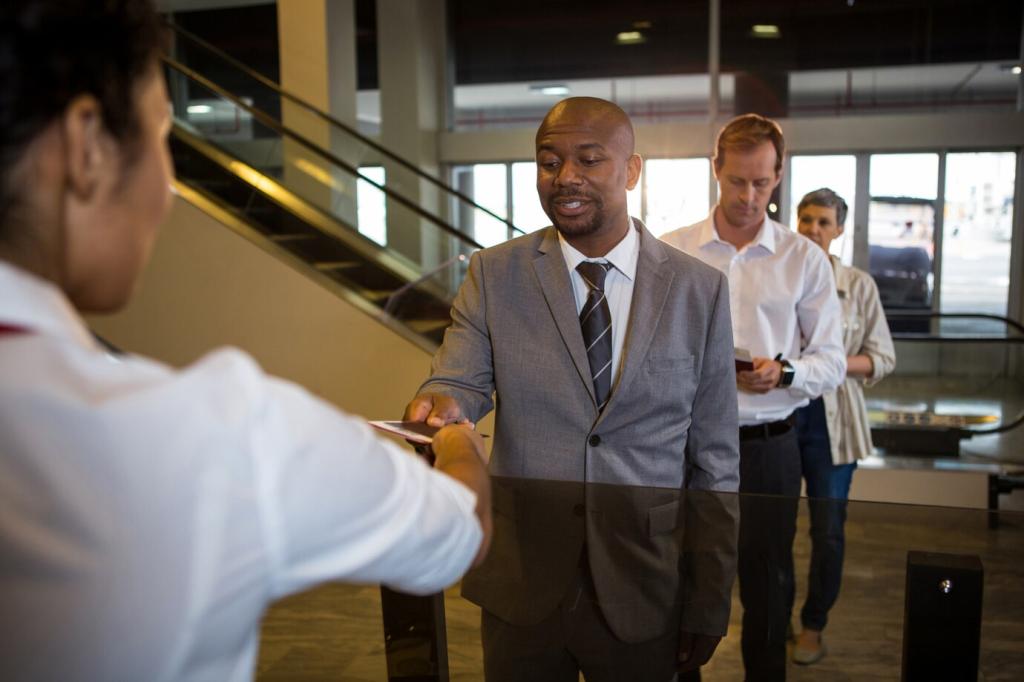Foundations of Effective Client Communication
Clients do not reward cryptic brilliance. They reward practical clarity. Replace jargon with plain language, outline next steps, and confirm decisions in writing. Invite questions, and ask clients to restate goals to ensure mutual understanding.
Foundations of Effective Client Communication
A reliable cadence beats occasional brilliance. Send updates when you say you will, summarize meetings within twenty-four hours, and keep commitments visible. Consistency signals respect, reduces anxiety, and earns permission to push for better outcomes.
Foundations of Effective Client Communication
Define success, scope, roles, risks, and response times before work begins. A five-minute expectations check prevents five weeks of rework. Share a one-page charter and invite the client to edit it together in real time.
Foundations of Effective Client Communication
Lorem ipsum dolor sit amet, consectetur adipiscing elit. Ut elit tellus, luctus nec ullamcorper mattis, pulvinar dapibus leo.






